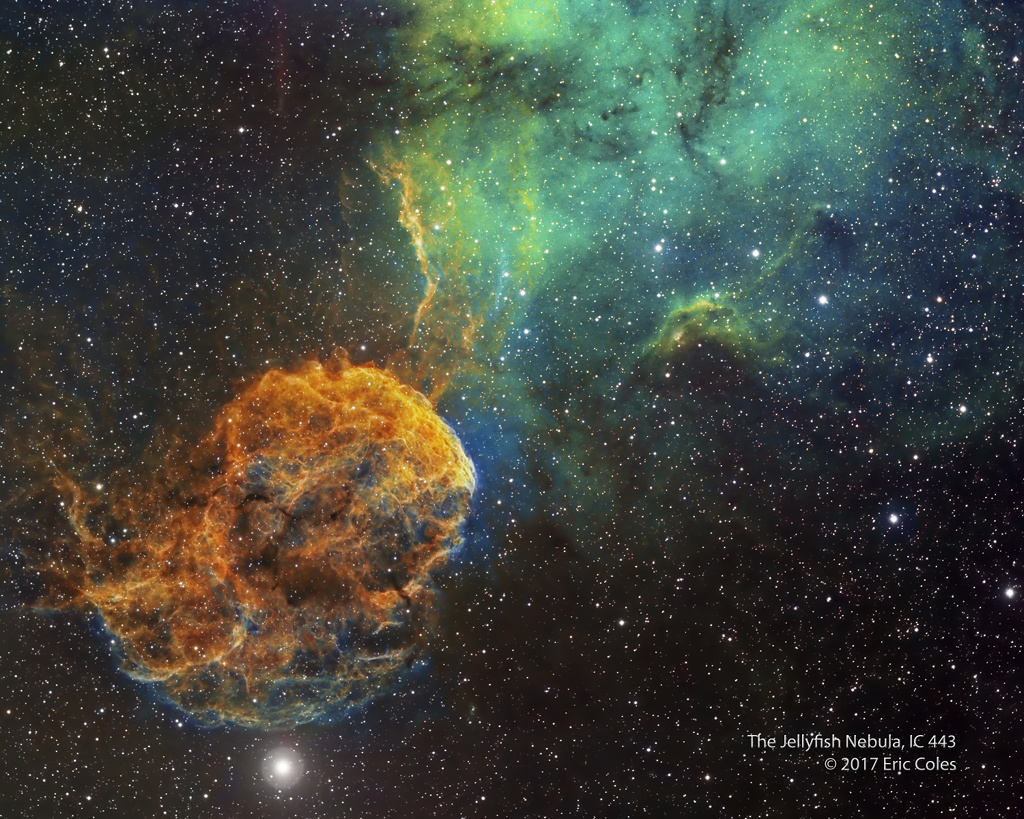Eerie mysteries in the universe can be betrayed by simple shadows. The wonder of a solar eclipse is produced by the moon's shadow, and over 1,000 planets around other stars have been cataloged by the shadow they cast when passing in front of their parent star. Astronomers were surprised to see a huge shadow sweeping across a disk of dust and gas encircling a nearby, young star. They have a bird's-eye view of the disk, because it is tilted face-on to Earth, and the shadow sweeps around the disk like the hands moving around a clock. But, unlike the hands of a clock, the shadow takes 16 years to make one rotation.
Hubble has 18 years' worth of observations of the star, called TW Hydrae. Therefore, astronomers could assemble a time-lapse movie of the shadow's rotation. Explaining it is another story. Astronomers think that an unseen planet in the disk is doing some heavy lifting by gravitationally pulling on material near the star and warping the inner part of the disk. The twisted, misaligned inner disk is casting its shadow across the surface of the outer disk. TW Hydrae resides 192 light-years away and is roughly 8 million years old.
via Hubble - News feed
http://hubblesite.org/news_release/news/2017-03
